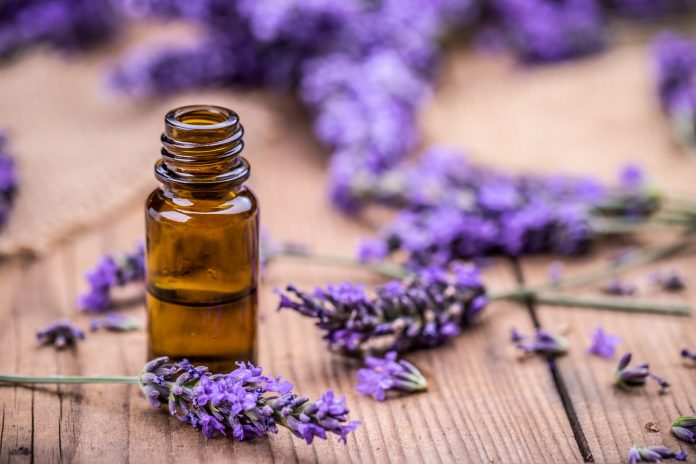New research from Monash University has uncovered why certain essential oils can benefit mood.

Essential oils (EOs) are mixtures of volatile compounds extracted from plants.
They are used in aromatherapy because they can be released into the air and inhaled at room temperature.
Inhaled EOs are readily taken up into the brain, which is distinct from bioactives in plant foods that are eaten.
However, despite the strong potential benefits for human health and especially for brain health, EO usage is not really optimised for type, or dose.
This means that EOs are used in aromatherapy, without a good understanding of which ones are best for particular benefits.
Until now, it wasn’t clear which types or what dose would produce the optimal benefit.
“Aromatherapy under particular conditions is reported to consistently enhance emotional health, including lowering anxiety and depression,” says Professor Louise Bennett, the study’s lead author from the Monash University School of Chemistry.
“However, achieving benefits requires understanding which types are best and what dose is required.
“We believe the interaction of essential oils with the naturally high levels of ascorbate (eg, Vitamin C) in the brain can produce either anti-oxidant or pro-oxidant effects.
“It is the anti-oxidant, but not the pro-oxidant effects, that lead to the mood benefit.”
For example, lavender EO has been consistently shown to produce a mood-improving effect, which we now believe is related to its strong antioxidant effect in the brain.
“For the first time, this work paves the way to select and classify EOs according to their mechanistic properties and to potentially develop inexpensive but effective therapies for the brain,” says Professor Bennett.
The study by Professor Bennett and PhD candidate, Minoli Aponso, has been able to identify which EOs will benefit mood improvement and alternately, which ones will produce anti-infective properties.
“We are working towards developing EOs for a range of applications including treating depression and anxiety, infection, inflammation and potentially even cancer,” says Professor Bennett.
The researchers are also working on understanding the dose required for beneficial effects.
“We can predict the volatile and potentially inhalable ‘dose’ of any EO and at any temperature, including climatic extremes,” says Mr Minoli.
“This research represents a significant breakthrough as it characterises the effects of EOs in the brain so as to optimise their therapeutic potential.”






